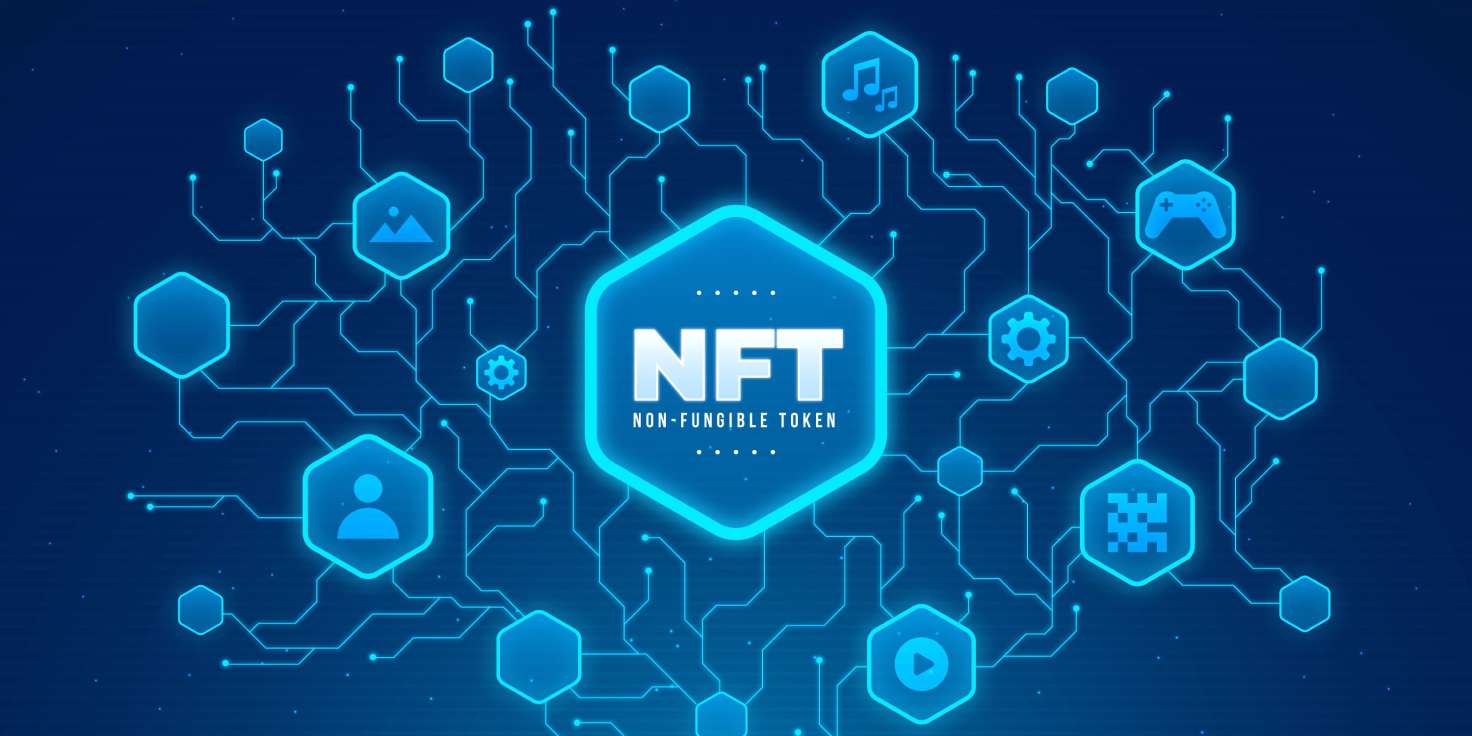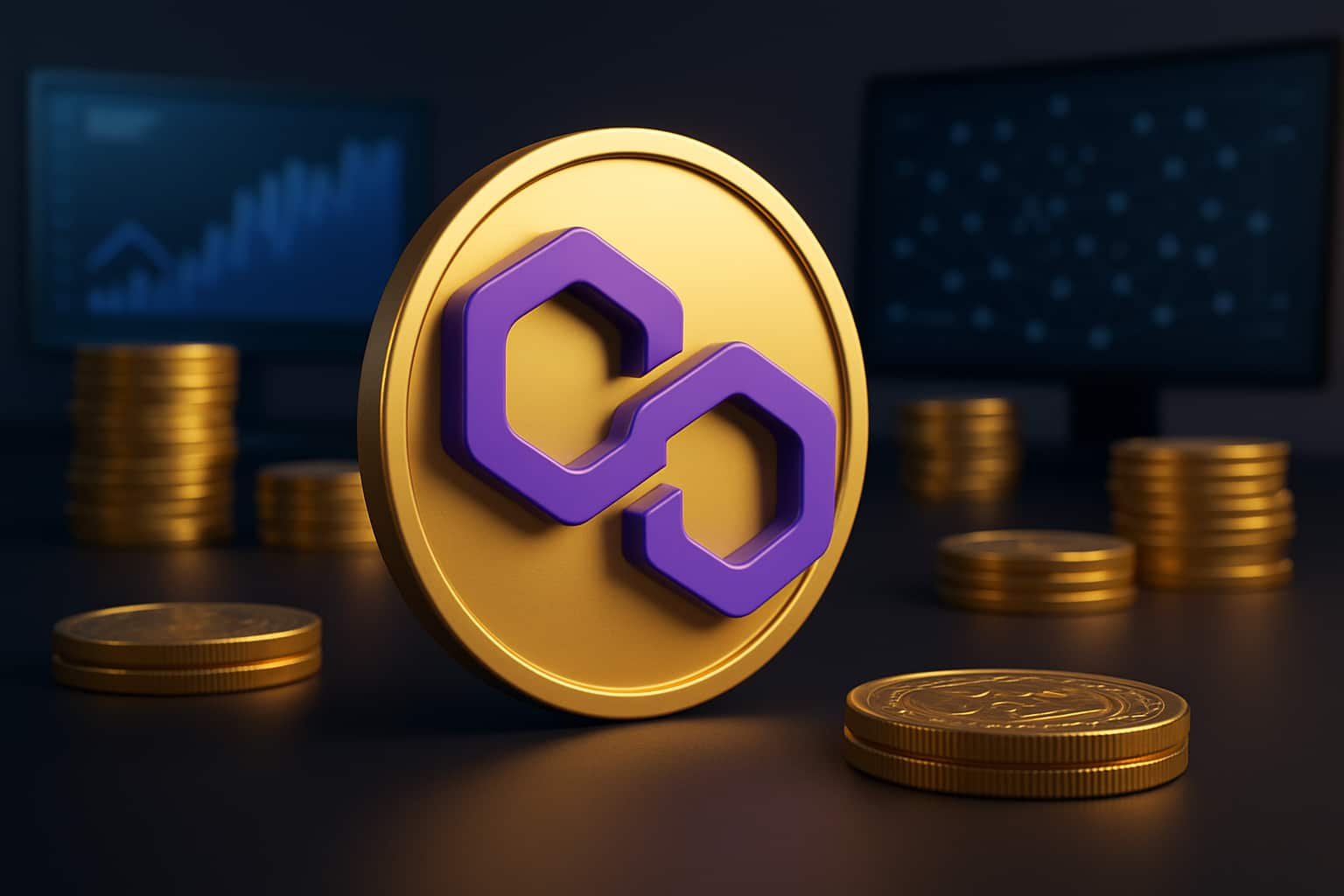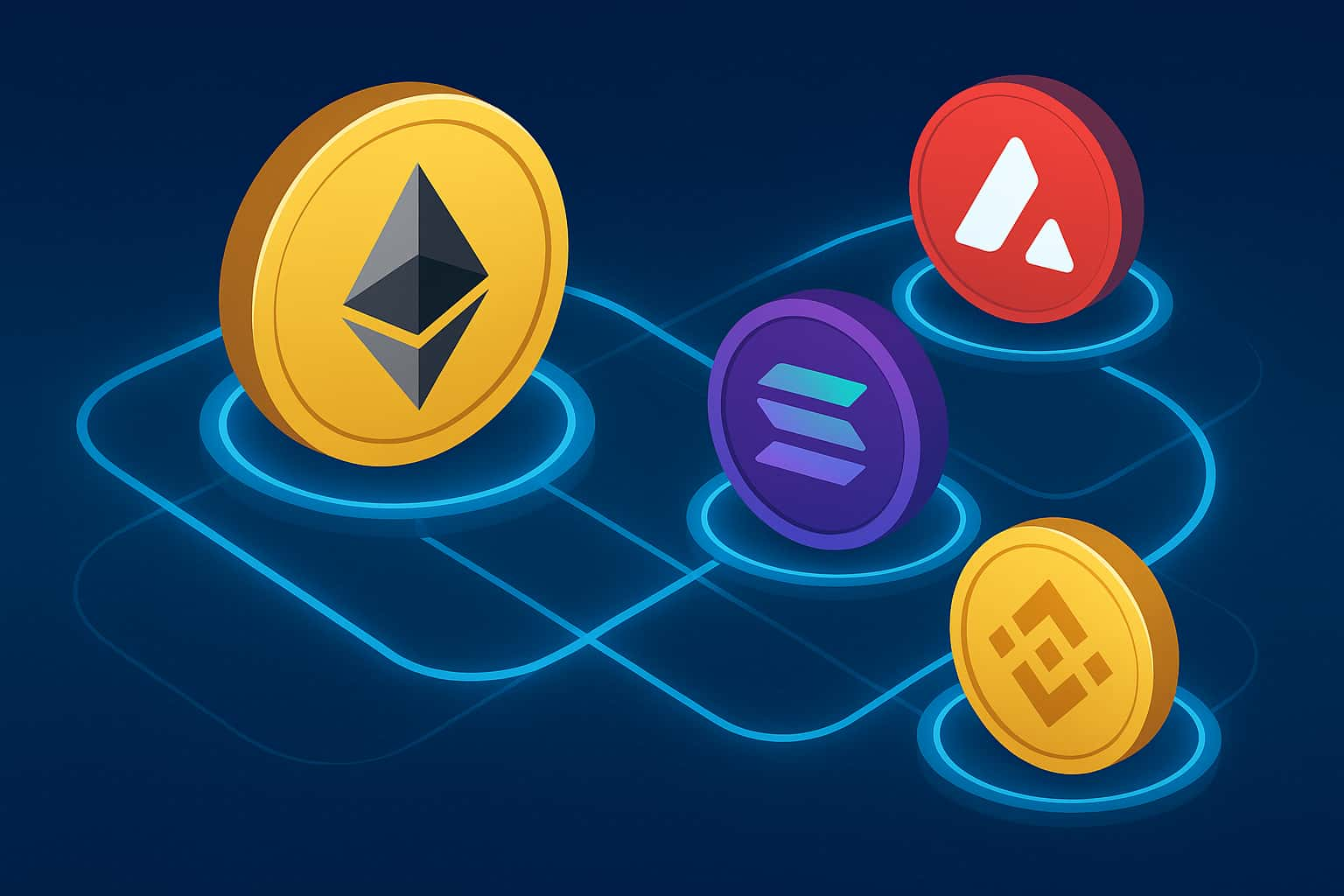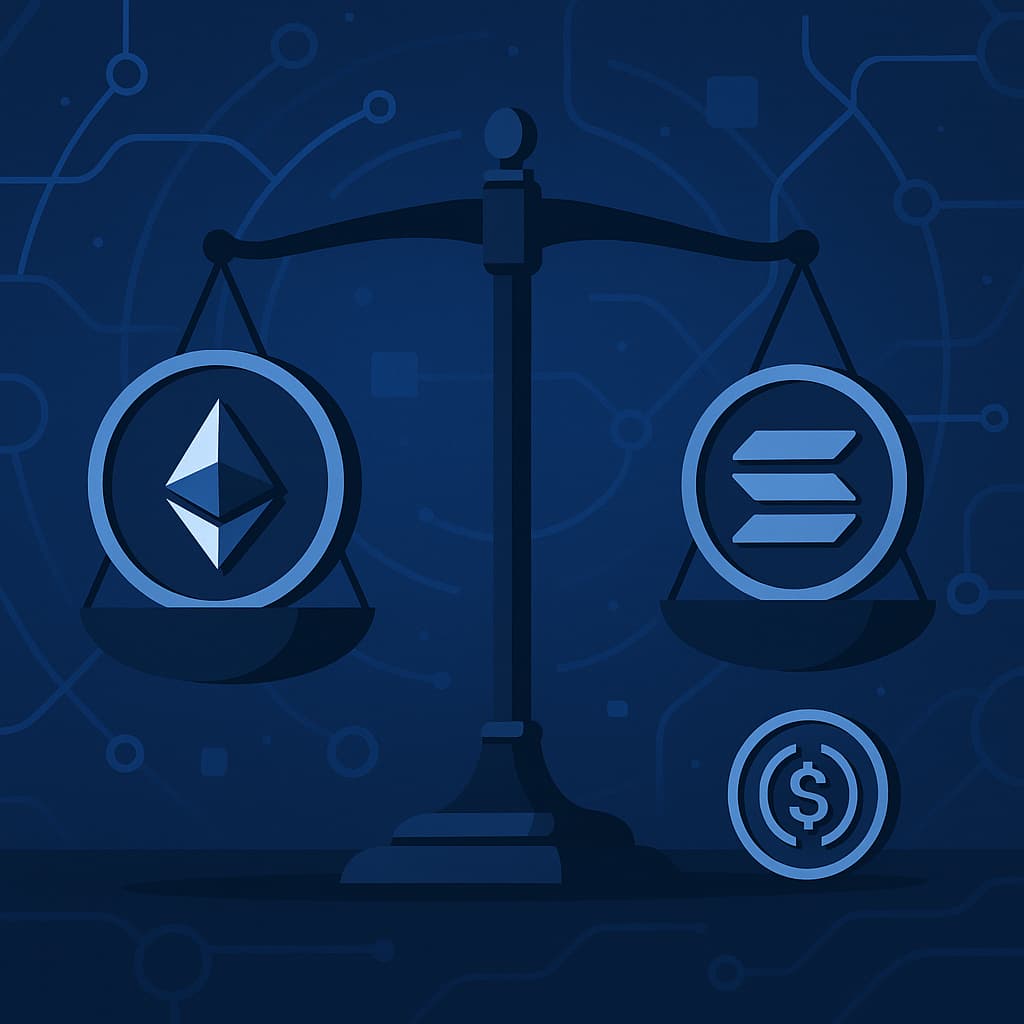Blockchain
A decentralized ledger that records transactions. Most NFT marketplaces operate on blockchains such as Ethereum, Solana, or Polygon.
A Complete Guide

Non-fungible tokens (NFTs) are blockchain-based digital assets that represent unique ownership of items such as artwork, music, collectibles, or gaming assets. Unlike cryptocurrencies, NFTs are non-interchangeable because each carries distinct metadata proving authenticity and scarcity. An NFT marketplace is the platform where these tokens are minted, listed, bought, and sold.
Marketplaces act as intermediaries between creators and buyers. They use blockchain and smart contracts to ensure transparent transactions, secure ownership transfers, and enforce royalties. Alongside trading, they provide minting tools, storage systems, auctions, and intuitive user interfaces.
NFT marketplaces serve creators seeking monetization, collectors and investors pursuing scarce assets, gamers acquiring verifiable in-game items, and brands launching drops to strengthen engagement and loyalty.
This guide explains the core aspects of NFT marketplaces, including their models, features, benefits, risks, and market trends, helping stakeholders evaluate opportunities in this growing sector.
Understanding NFT marketplaces requires familiarity with several foundational concepts:
A decentralized ledger that records transactions. Most NFT marketplaces operate on blockchains such as Ethereum, Solana, or Polygon.
Self-executing code deployed on the blockchain that manages actions such as minting, transfers, and royalties.
The process of creating an NFT and recording it on a blockchain.
Publishing an NFT for sale on a marketplace.
Placing offers during auctions. Buyers can choose between fixed-price listings or competitive bidding systems.
Digital wallets such as MetaMask, Phantom, or Ledger store NFTs and enable secure transactions.
Protocols like ERC-721 (single NFTs) and ERC-1155 (batch minting) define NFT functionality on Ethereum. Other chains have their own standards.
Transaction fees paid to blockchain validators. They vary depending on network congestion.
A verifiable record of ownership and history of the asset.
Attributes that determine the uniqueness and potential value of NFTs.
Some marketplaces rely on central authority for curation, while others use community governance.
Smart contracts can enforce recurring payments to creators whenever NFTs resell on secondary markets.
NFT marketplaces are diverse. They can be categorized by several factors:
The functioning of an NFT marketplace involves several coordinated steps:
Creators mint NFTs on the marketplace or via integrated tools. They list items for sale using fixed prices or auction mechanisms. Buyers browse collections, place bids, or purchase directly. Ownership transfers automatically through blockchain transactions.
Smart contracts define asset rules. They execute minting, enforce royalties, and record transfers transparently.
Metadata and digital files may be stored on-chain or off-chain. Decentralized storage options like IPFS or Arweave improve durability.
Marketplaces integrate with wallets for secure authentication and payment. Many now include fiat on-ramps to support credit cards or bank transfers.
Search filters, trending collections, and curation tools help users explore large inventories.
Both creators and collectors have dashboards that display activity, ownership, and reputation.
The onboarding process, browsing, bidding, and transaction flow influence adoption. Marketplaces increasingly emphasize simplified UI/UX.
Most NFT marketplaces generate revenue through:
Transaction fees: A percentage cut from each sale. OpenSea, for example, charges 2.5%.
Listing fees: Some platforms charge creators for publishing NFTs.
Premium services: Subscription tiers or pay-to-feature listings.
Advertising and sponsorships: Paid promotions and curated drops.
Partnerships: Collaborations with brands or projects.
Secondary royalties: A portion of resale revenue directed back to creators.
This combination of revenue streams allows marketplaces to sustain growth and incentivize active trading.
NFT marketplaces deliver value to different stakeholders:
Creators: They provide global distribution, fair monetization, and royalty-based recurring income.
Collectors and investors: They ensure provable ownership, transparent pricing, and liquidity through secondary markets.
Brands and businesses: They open new revenue models, foster customer loyalty, and enable interactive campaigns.
Industry innovation: They drive experimentation with gaming, metaverse assets, and real-world asset tokenization.
Transparency: Blockchain ensures traceability, reducing fraud and enabling secure digital trade.
Despite opportunities, NFT marketplaces face significant challenges:
Proof-of-work blockchains consume high energy, though many are moving to sustainable alternatives.
High gas fees hinder accessibility. Layer 2 solutions and alternative blockchains are emerging fixes.
Issues around copyright, licensing, and jurisdiction remain unresolved.
Hacks, phishing, and rug pulls undermine trust.
Many projects fail to attract sustained demand.
Fake listings and wash trading damage marketplace credibility.
Addressing these risks is critical for sustainable growth.
The NFT marketplace sector evolves rapidly. Key trends include:
Global NFT trading volumes reached billions of dollars, with rapid year-over-year growth.
Solana, Polygon, and Flow attract adoption due to lower fees and faster speeds.
Marketplaces increasingly allow NFTs to move across blockchains.
Investors can buy fractional ownership of high-value NFTs.
Virtual worlds drive demand for digital land and 3D assets.
Beyond art, NFTs extend into identity, music, real-world assets, and event tickets.
Several platforms illustrate how NFT marketplaces vary:
A broad, permissionless marketplace supporting multiple blockchains.
Community-driven with governance tokens and cross-chain support.
Curated digital art marketplace emphasizing exclusivity.
Competes with OpenSea by rewarding active traders with tokens.
Fractal for gaming assets, Royal for music NFTs, and Decentraland for virtual real estate.
Corporate brands also leverage marketplaces. Nike, Coca-Cola, and Adidas have launched NFT collections that drive engagement and community interaction.
When selecting a marketplace, users should evaluate based on their role:
Common questions and answers about NFT Marketplace, their implementation, and practical considerations for businesses and developers.

By using this site, you allow our use of cookies. For more information on the cookies we use and how to delete or block them, please read our cookie notice.
We would love to
hear from you!


Innovate with confidence!


